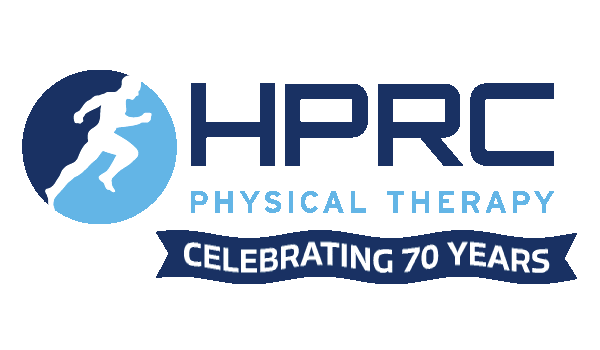Orthotics & Prosthetics
Our Orthotics and Prosthetics department fabricate and fit state-of-the-art orthotic and prosthetic devices for all ages, both pediatrics and geriatrics.
In addition to using the highest quality materials available, HPRC's staff uses cutting edge technology. With these resources, they are able to create products that improve patients' quality of life. According to the American Orthotic & Prosthetic Association, patients equipped with more technologically advance prosthetic devices have a better quality of life relative to those outfitted with less advanced devices. These advanced devices result in, not only fewer falls, but also fewer emergency room visits. In addition, patients using these devices face compartively less coexisting conditions or disorders than those with less advanced devices.
Our practitioners have received certification from the American Board for Certification in Prosthetics and Orthotics (ABC). HPRC's clinic has also received accreditation from ABC and also has an NCOPE (National Commission on Orthotic and Prosthetic Education) accredited residency program.
At HPRC you'll receive outstanding care and a superior product that enables you to live your best life. The clinicians' most important goal is to help you continue living a life that is not limited by your prosthetic or orthotic device.

